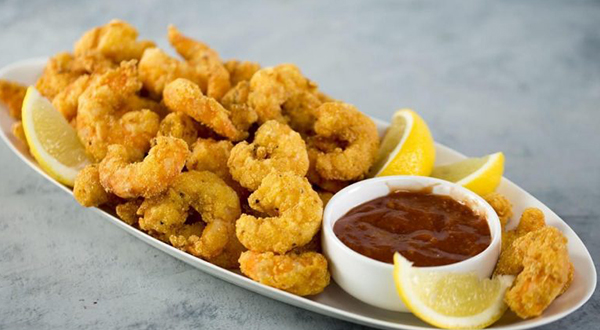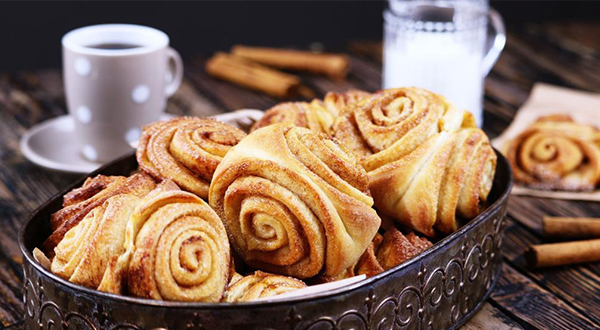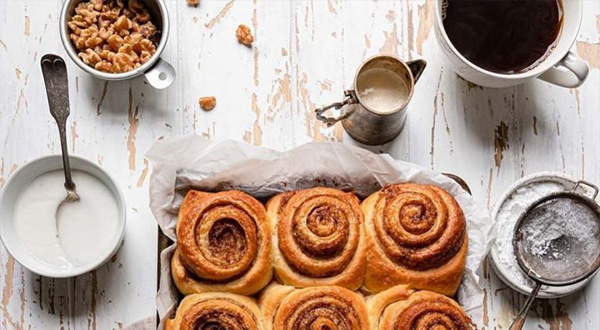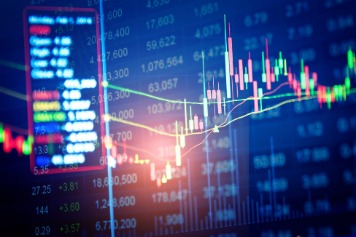
It is an indication that bearish trends have been strong and fished for the bottom and found it. There is a price support level and also a reversal buying trend which has pushed the price back up to remain close to the opening price. It’s a unique chart pattern and demonstrates a significant swing in momentum to the upside which is perfect for swing trading. This information can be golden if you are a swing trader, or looking to exit a position. When a dragonfly doji is confirmed in an uptrend it is considered a weak signal, or a continuation pattern as the buyers still managed to be active. Aside from the issue of dependability, another limitation of the Doji pattern is that it cannot provide price targets.
The extreme top of the dragonfly doji marks the open and close points. An important identification of the dragonfly doji is its long lower shadow. The long lower shadow shows where the demand prevails in the market. The dragonfly pattern and the confirmation candle, when viewed in context, indicated that the short-term correction had ended and the uptrend had resumed. The dragonfly doji can also appear as part of a bigger chart design, such as the end of a head and shoulders pattern. Traders usually enter trades during or soon after the confirmation candle has finished.
How to Improve the Dragonfly Doji Pattern
This means traders will either need to relocate their stop loss or abandon the trade because a stop loss that is too large may not justify the deal’s potential gain. Following the confirmation candle, there is no guarantee that the price will continue in the expected direction. Coming into the dragonflies, the price was not decreasing aggressively, but it did dip and then be pushed back higher, confirming that the price was going to remain rising. A stop loss can be placed above the dragonfly’s peak if entering short following a bearish reversal. Before we end the article, we just want to stress the importance of TESTING EVERYTHING YOURSELF before trading it live.
If all three conditions are met then traders who have spotted these clues may consider going long on their chosen instrument as Dragonfly Dojis often lead into strong moves upwards. It may actually imply indecision in the market where neither the bulls nor the bears have any clue about the direction the market or the stock is going to go. Another factor depressing labor force participation was caregiving. There were 6.13 million workers not in the labor force because they were taking care of a child who was not in daycare. Caregiving accounted for 1.2 percentage points of the drop in the labor force participation rate.

If the price rises on the confirmation candle, the reversal signal is invalidated as the price could continue rising. Specific types of Doji patterns – like the Dragonfly or the Gravestone – can signal a possible reversal in prices but are best used in conjunction with other indicators. We will help dragonfly doji meaning to challenge your ideas, skills, and perceptions of the stock market. Every day people join our community and we welcome them with open arms. We are much more than just a place to learn how to trade stocks. They are much harder to find but are reliable reversal signs within a defined trend.
Dragonfly Doji Candlestick
On the other hand, the Dragonfly Doji is a bullish pattern that can indicate an uptrend will occur. Dragonfly Doji indicate that there may be an imminent change in market sentiment or some sort of reversal from bullishness to bearishness happening soon. Doji are the simplest of all candlestick patterns, so they’re very easy to identify. The Dragonfly has a long lower tail but no upper tail, and it resembles the capital letter T. The Gravestone has a long upper tail but no lower tail, and it resembles an upside-down capital letter T. Apart from doji candles, you can also learn accurate candlestick patterns to reversal candlestick patterns at Indodax Academy.
A dragonfly indicates a stronger bullish signal than a spinning top, as it suggests a potential trend reversal. Traders should remember that a spinning top may provide both bearish and bullish signals. https://g-markets.net/ While the dragonfly doji has a long lower shadow and little or non-existent upper one, the gravestone or inverted dragonfly doji has a long upper wick and little or non-existent lower one.
- The open, high, and close prices in the Hammer pattern are typically not identical, however, in the Dragonfly Doji pattern the open, high, and close prices are nearly the same.
- The best strategy to trade it and examples of how they have played out in the past.
- If you do not agree with any term of provision of our Terms and Conditions, you should not use our Site, Services, Content or Information.
- Doji Candlesticks are a category of technical indicator patterns that can be either bullish or bearish.
Without other information, a doji candlestick is a neutral indicator, as it alone does not provide sufficient information to make trading decisions. There are three types of doji candlesticks – the gravestone doji, the long-legged doji, and the dragonfly doji. Traders often pay close attention to them when making trading decisions.
Important Takeaways of the Dragonfly Doji
The tail appears when the price opens at a high and then drops to a low due to a lot of selling. Please note that by submitting the above mentioned details, you are authorizing us to Call/SMS you even though you may be registered under DND. Trusted by over 1.5 crore clients, Angel One is one of India’s leading
retail full-service broking houses.
- According to Garre, there is potential for some reversal in FII flow.
- There are three types of doji candlesticks – the gravestone doji, the long-legged doji, and the dragonfly doji.
- This Doji pattern signifies the ultimate in indecision since the high, low, open and close (all four prices represented) by the candle are the same.
- This usually suggests high levels of uncertainty and volatility within the market.
Price reversal is only to the extent that it makes it in time for the daily opening value. One reason is that the investors were neutral, with a low-level of confidence about expecting upward momentum. Other tools, like as candlestick patterns, indications, or tactics, are needed to exit a trade when and if it is lucrative. Due to the rarity of the dragonfly doji, it is not a viable method for detecting most price reversals. Dragonfly Doji is a sort of candlestick pattern that, based on prior price activity, might indicate a future price reversal to the downside or upside. The dragonfly doji is a quite dramatic pattern, involving quick and sudden shifts from buying to selling pressure.
Examples of How to Trade the Dragonfly Doji
Despite the drop in the labor force participation rate, the employment-to-population ratio remains below the value for February 2020. Companies will soon be reaping the benefits of their new found prosperity. The ones that stand out are the ones that take the time to listen to their employees. And while it’s still too early to call, this is a sign of things to come.
Harami Cross: Definition, Causes, Use in Trading, and Example – Investopedia
Harami Cross: Definition, Causes, Use in Trading, and Example.
Posted: Sun, 26 Mar 2017 07:48:41 GMT [source]
The longer the body of the candle, the more reliable is the indication of a trend reversal. When the price of a security has been trending lower, it may indicate an impending price hike. If the candlestick immediately following the bullish Dragonfly rises and ends at a higher price, the price reversal has been confirmed, and trading decisions can be made. The signal is confirmed if the candle following the dragonfly rises, closing above the close of the dragonfly. The stronger the rally on the day following the bullish dragonfly, the more reliable the reversal is. Doji patterns indicate a transition in prices or that the market is undecided about the direction prices will take.
Bullish Dragonfly Dojis suggests buyers have taken control, and the asset is set to experience further bullish price action. This guide will discuss what Dragonfly Dojis are, their formation, and how traders can take advantage of them. Like all others, this pattern does not guarantee that the price will behave in any specific way; however, identifying Dragonfly Dojis is helpful for any trader. Investors looking for possible entry in the market it becomes crucial to confirm the trend.
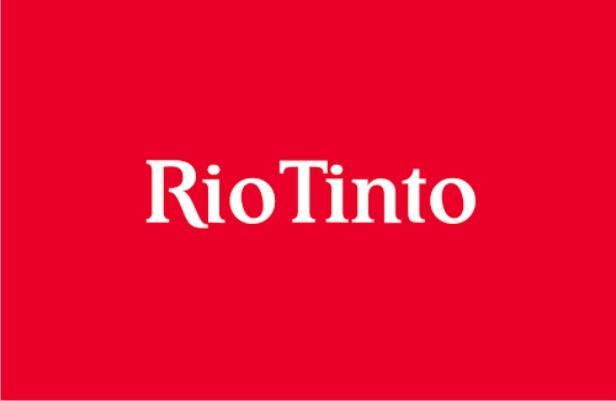
They usually create orders right after the confirmation candlestick appears. A trader can long a stop loss below the low of a bullish dragonfly or short a stop loss above the high of a bearish dragonfly. Conversely, when the market has shown an upward trend before, a dragonfly doji might signal a price drop, known as a bearish dragonfly.
A dragonfly doji candlestick is a candlestick pattern with the open, close, and high prices of an asset at the same level. It is used as a technical indicator that signals a potential reversal of the asset’s price. The red or green dragonfly doji is a candlestick pattern that forms when the opening, closing, and high prices of an asset are equal or almost equal. This pattern resembles the shape of a dragonfly with an extended lower shadow. It provides bullish signals and is considered a neutral continuation or reversal pattern, depending on its context within a trend.
Understanding the Dragonfly Doji
The reversal is more reliable if the rally is more substantial on the day following the bullish dragonfly. But when they do, they carry warning for a possible price change. A dragonfly emerging during an uptrend, with a long downward wick, foretells investors that bearish trend may be gaining strength and the uptrend may reverse. Investors always wait for the next candle to form after the Doji to confirm the trend.


